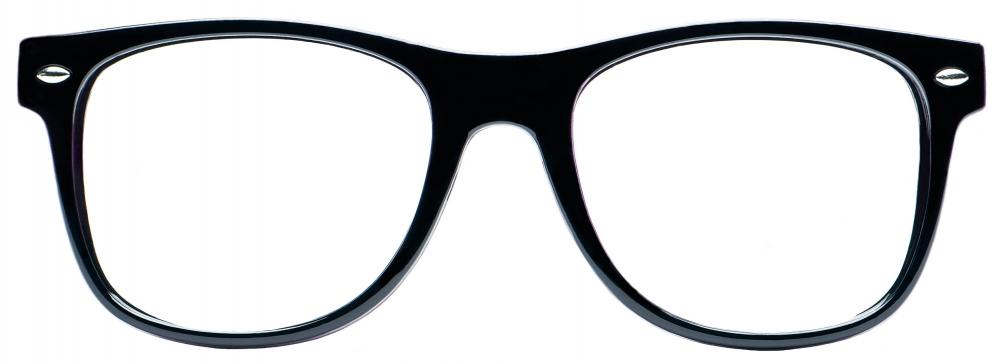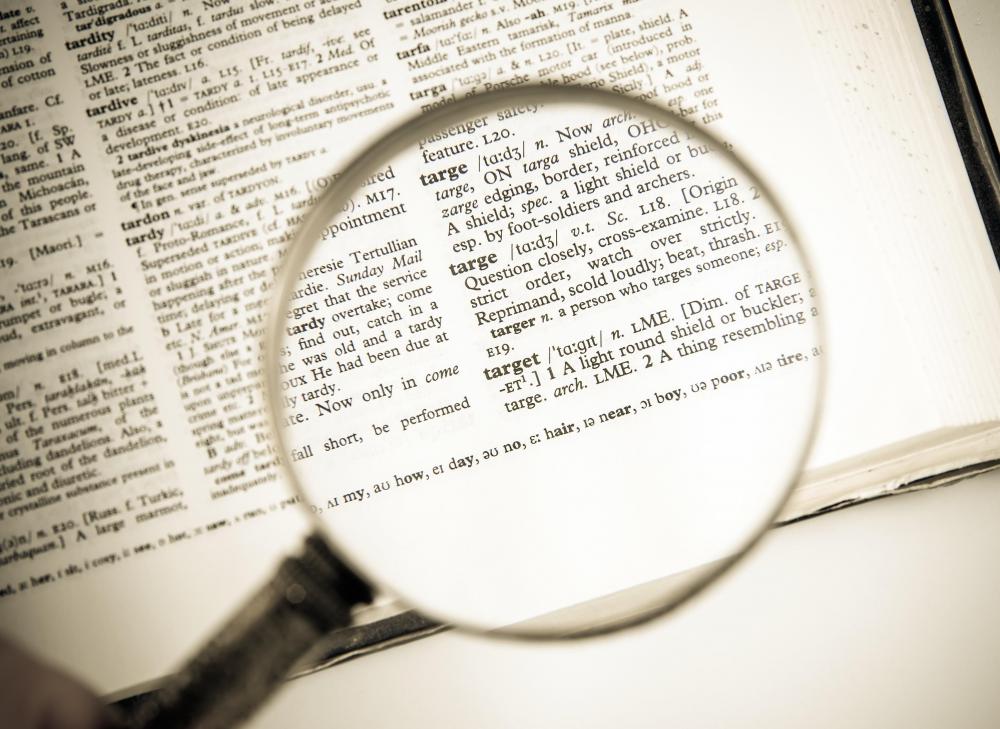At TheHealthBoard, we're committed to delivering accurate, trustworthy information. Our expert-authored content is rigorously fact-checked and sourced from credible authorities. Discover how we uphold the highest standards in providing you with reliable knowledge.
What is the Difference Between Nearsighted and Farsighted?
Nearsighted and farsighted vision, or myopia and hyperopia, are believed to be two of the most common vision problems in the world. People who are nearsighted are typically able to see things that are close up, but often have problems seeing things in the distance. People who are farsighted typically have the opposite problem. Things close up appear indistinguishable, while things in the distance can be seen clearly. Nearsighted and farsighted vision are typically caused by abnormalities in the curve of the cornea, or by abnormal elongation or shortening of the eye ball itself. Both conditions can generally be corrected with eye glasses or contact lenses.
Myopia, the vision problem often referred to as nearsightedness or shortsightedness, typically occurs when the curve of the cornea is too pronounced, or when the eye ball itself is elongated in shape. These physical abnormalities mean that light can take longer to reach the retina of the eye than it should. Light from objects farther away can take so long to reach the retina of a nearsighted person, so objects in the distance can appear out of focus. Myopia may be more or less severe, depending on the extent of the structural abnormality in the eye. Ophthalmologists can usually correct nearsightedness with prescription eye glasses, permanent or disposable contact lenses, or LASIK eye surgery.

Hyperopia, the vision problem often commonly called farsightedness or longsightedness, generally occurs when the curve of the cornea is too under-pronounced, or the eye ball itself is abnormally compressed in length. These abnormalities of the eye structure mean that light rays can reach the retina of the eye sooner than they ought. Light rays reflecting off of nearby objects may reach the retina too soon, so that closer objects appear out of focus while objects farther away appear in clear focus. Again, the hyperopia may be more or less severe, depending on the extent of the eye's structural abnormalities. Ophthalmologists can usually correct this condition in the same way that they can correct nearsightedness, with eye glasses, contact lenses, implantable contact lenses, or LASIK surgery.

Nearsighted and farsighted vision, while common and easily to correct, can often worsen gradually with time. People who suffer from both nearsighted and farsighted vision problems are generally advised to have regular eye exams and wear corrective lenses to help slow the deterioration of vision.
AS FEATURED ON:
AS FEATURED ON:
















Discussion Comments
Everybody - including those who are farsighted and nearsighted - will have to use some kind of reading glasses once they get close to age 40. This is hard to understand if you are not there yet, but you will eventually get to that point.
I know they have contact lenses that you can wear that will help correct this, but my eye doctor says that he has not had the best luck with them. You only need the correction when you are trying to read small print like a phone book or menu, but it seems to keep getting worse as you get older.
Laser eye surgery is an alternative that many people are using to correct their vision. It has been 11 years since I had my laser surgery done by a very well-known and competent eye doctor. I had great results for a few years, but gradually my vision started changing again.
I have started wearing glasses again most of the time, just because I like to see very clearly. I was still able to pass my drivers license test without using any correction, but my vision is not 20/20 anymore.
I began wearing contact lenses for being nearsighted when I was a teenager. This was many years ago, when all they had were the hard contact lenses for vision correction. Even after the soft lenses became popular, I remember being told that the hard lenses could help slow down your vision from getting any worse.
I wore the hard lenses for many years because of this, and because I enjoyed the clear vision I got from them. My vision never did get really bad, so don't know if it was from wearing the hard lenses or not.
Post your comments